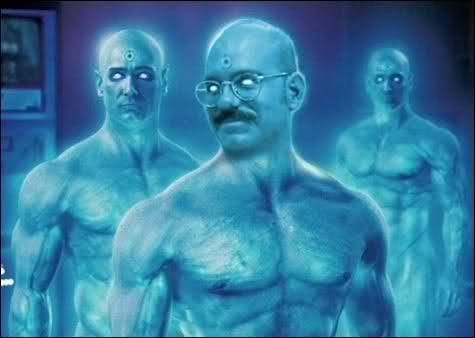KyoZz
Tag, you're it.
At its Bouches-du-Rhône site in France, the Atomic Energy Commission managed to maintain a plasma for more than 22 minutes at a stationary temperature of 50 million degrees Celsius. A record achieved thanks to the WEST tokamak, which beats by 5 minutes the one obtained by its rival, the Chinese EAST tokamak, in January.

The WEST tokamak, located in Cadarache (Bouches-du-Rhône), April 11, 2022
"It's a great success," rejoices Jérôme Bucalossi, director of the CEA's Magnetic Confinement Fusion Research Institute. "It was a subject we had been working on for a long time with this challenge of exceeding 1,000 seconds. We expected to take it up but not to succeed so well!"
To obtain this plasma, the researchers injected hydrogen atoms (used for nuclear fusion because of their lightness) into the tokamak, then stripped electrons from them using an electrical discharge.
The resulting “soup,” made up of free electrons and charged atoms, is the plasma. It is then heated using microwaves until it reaches a temperature of about 50 million degrees (more than three times the temperature of the Sun’s core).

Because for a tokamak to truly produce energy, the plasma will have to be maintained continuously, very, very far from the 22 minutes achieved today.
"Plasma is a state of matter that is very unstable. All it takes is a change in a parameter, such as temperature, particle density, or even gas, and it can stop," physicist Anne-Isabelle Etienvre explained, before adding: "The challenge is to manage to control it."
"This advance demonstrates that knowledge of plasmas and their technological mastery over long periods have become much more mature, giving rise to hope that fusion plasmas can be stabilised over long periods," the CEA said in its press release.
Taming plasma is what several states around the world are aiming to do, still in Cadarache, with the ITER project, the construction of the largest tokamak ever designed.
Although the first ITER plasma should see the light of day within 10 years, it would only be an experiment. Industrial production and marketing of this energy of the future will not see the light of day until 2075 at best.

Source (in French)

 www.lemonde.fr
www.lemonde.fr

 www.tf1info.fr
www.tf1info.fr

The WEST tokamak, located in Cadarache (Bouches-du-Rhône), April 11, 2022
"It's a great success," rejoices Jérôme Bucalossi, director of the CEA's Magnetic Confinement Fusion Research Institute. "It was a subject we had been working on for a long time with this challenge of exceeding 1,000 seconds. We expected to take it up but not to succeed so well!"
To obtain this plasma, the researchers injected hydrogen atoms (used for nuclear fusion because of their lightness) into the tokamak, then stripped electrons from them using an electrical discharge.
The resulting “soup,” made up of free electrons and charged atoms, is the plasma. It is then heated using microwaves until it reaches a temperature of about 50 million degrees (more than three times the temperature of the Sun’s core).

Because for a tokamak to truly produce energy, the plasma will have to be maintained continuously, very, very far from the 22 minutes achieved today.
"Plasma is a state of matter that is very unstable. All it takes is a change in a parameter, such as temperature, particle density, or even gas, and it can stop," physicist Anne-Isabelle Etienvre explained, before adding: "The challenge is to manage to control it."
"This advance demonstrates that knowledge of plasmas and their technological mastery over long periods have become much more mature, giving rise to hope that fusion plasmas can be stabilised over long periods," the CEA said in its press release.
Taming plasma is what several states around the world are aiming to do, still in Cadarache, with the ITER project, the construction of the largest tokamak ever designed.
Although the first ITER plasma should see the light of day within 10 years, it would only be an experiment. Industrial production and marketing of this energy of the future will not see the light of day until 2075 at best.

Source (in French)

Le CEA franchit une étape vers la maîtrise de la fusion nucléaire et dépasse la Chine
Sur son site des Bouches-du-Rhône, le Commissariat à l’énergie atomique est parvenu à maintenir un plasma plus de 22 minutes à une température stationnaire de 50 millions de degrés Celsius. Un record réalisé grâce au tokamak WEST, qui détrône de 5 minutes celui obtenu par son rival, le tokamak...
 www.lemonde.fr
www.lemonde.fr

"Un petit Soleil en boîte" : le réacteur français West établit un record mondial de fusion nucléaire | TF1 INFO
[VIDÉO] Dans le sud de la France, le tokamak West du Commissariat à l'énergie atomique (CEA) a généré un plasma de fusion nucléaire de plus de 22 minutes. Un nouveau record mondial qui rend un peu plus concret le rêve d'une énergie illimitée. Un reportage exclusif diffusé dans le 20H de TF1 ce...
 www.tf1info.fr
www.tf1info.fr









